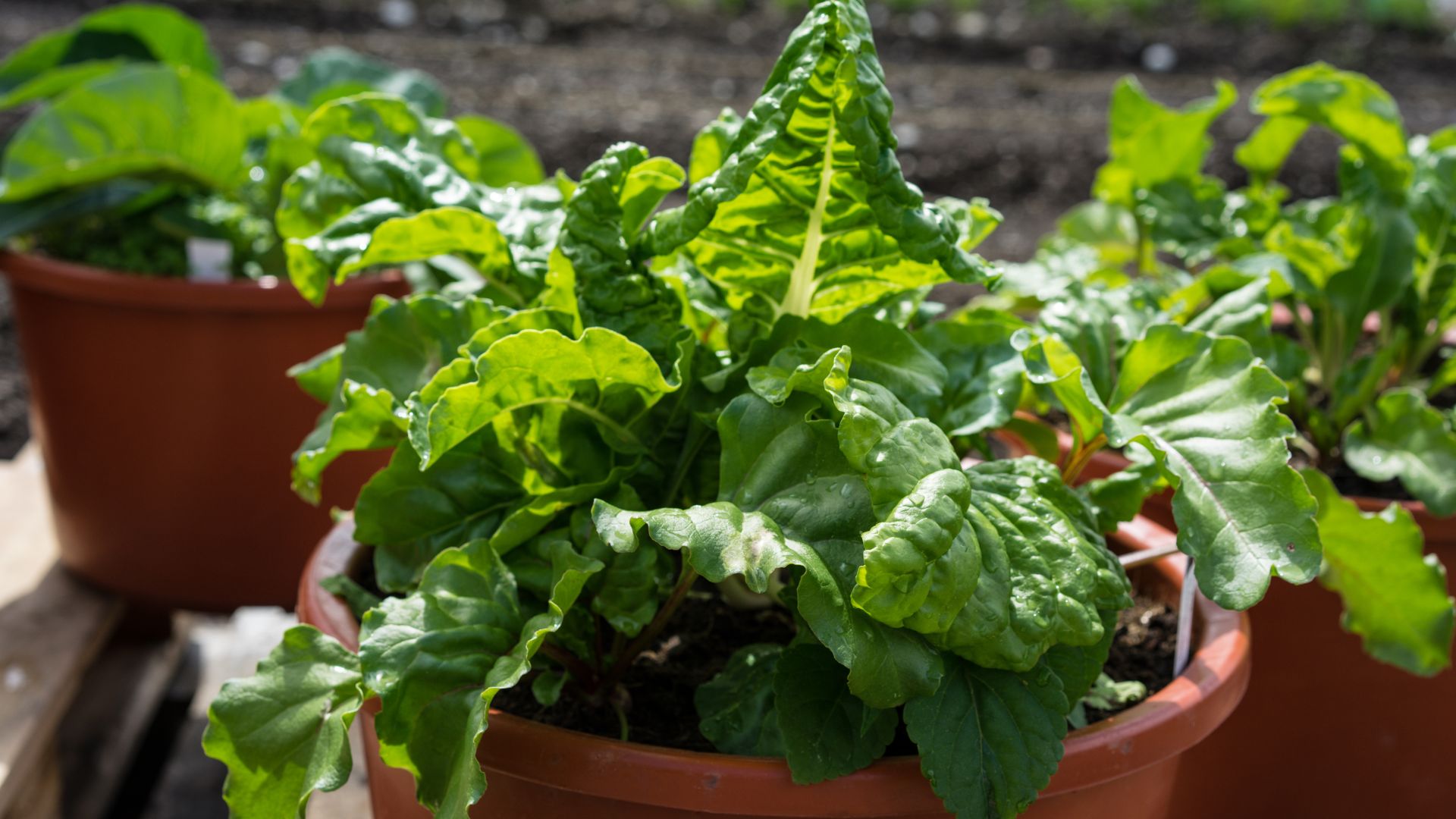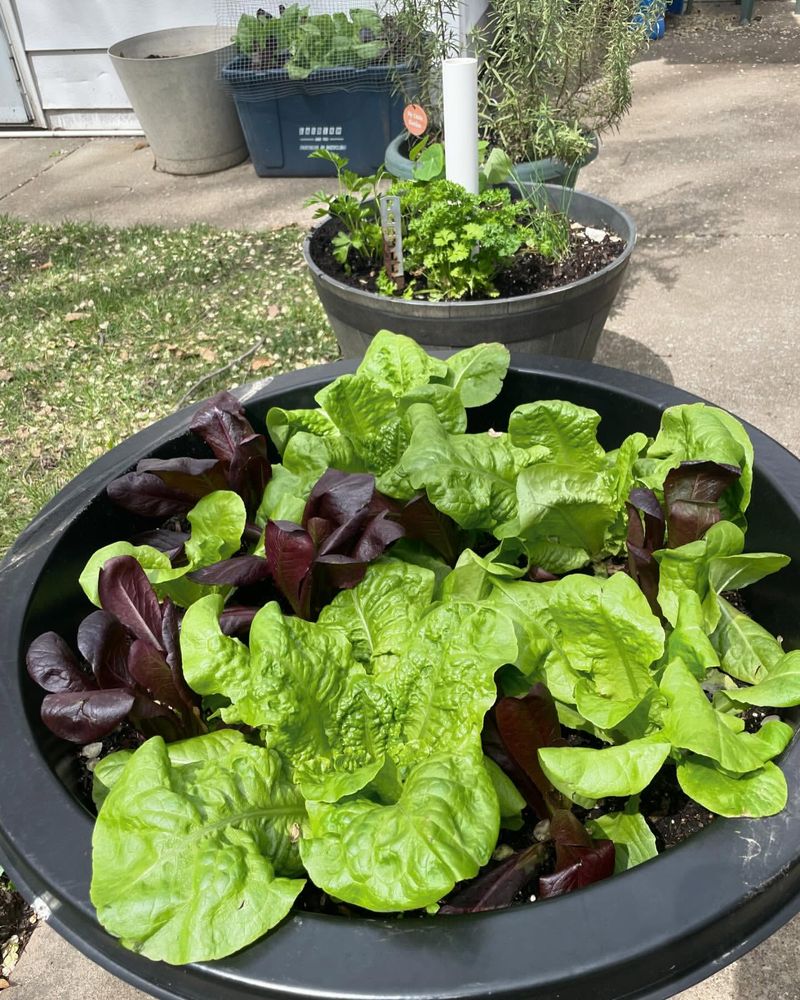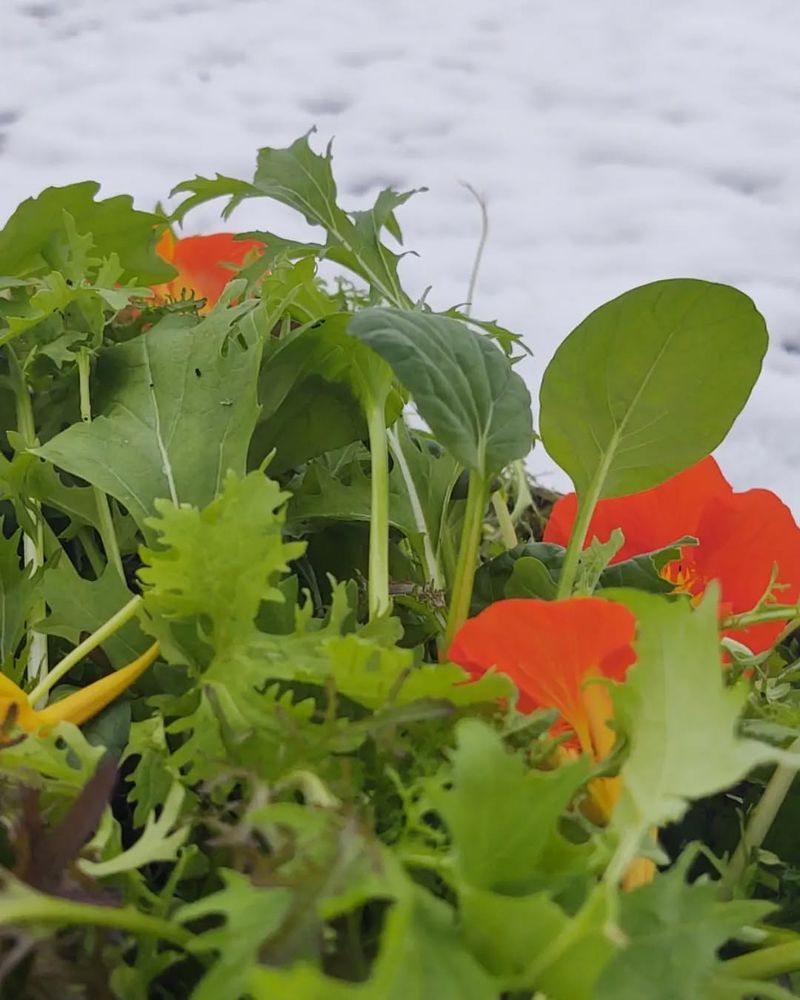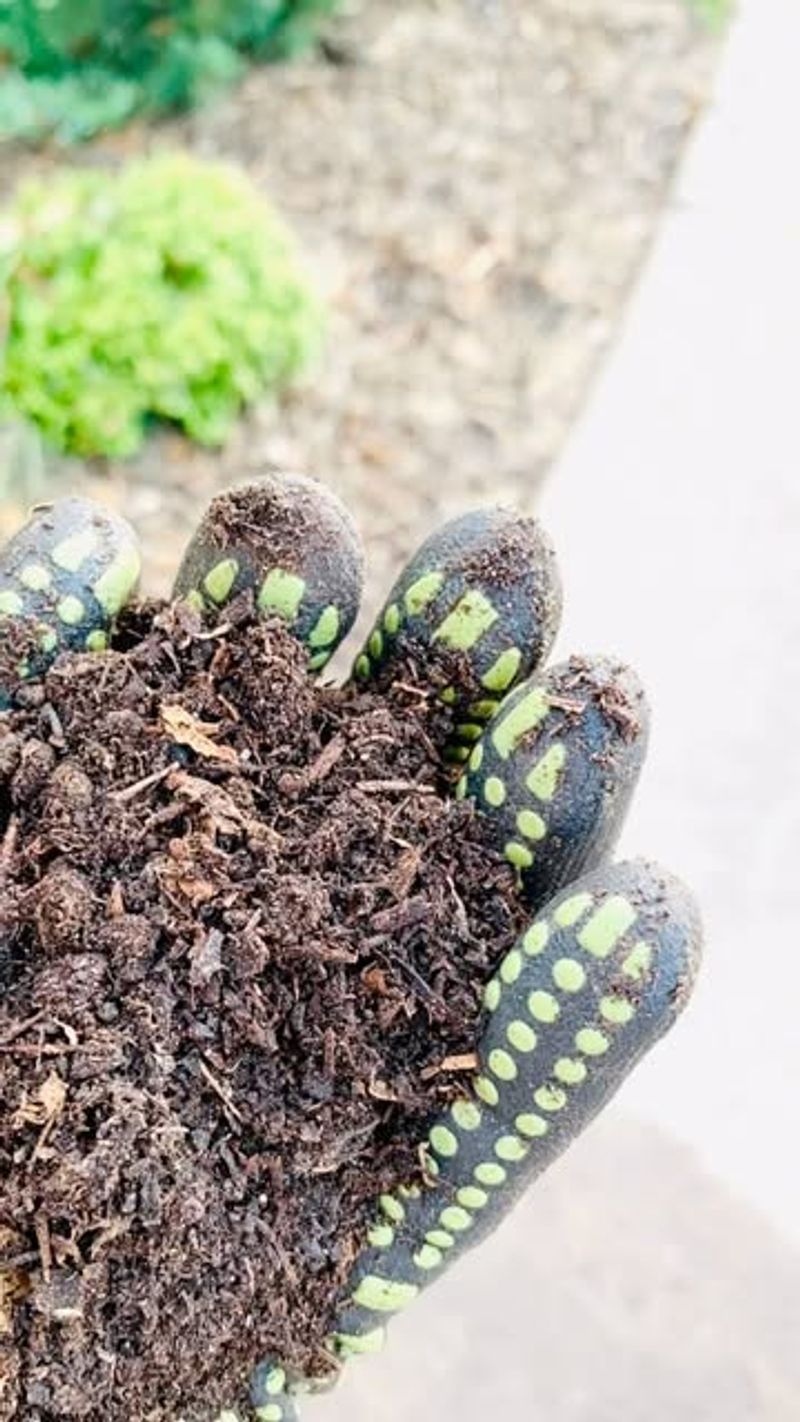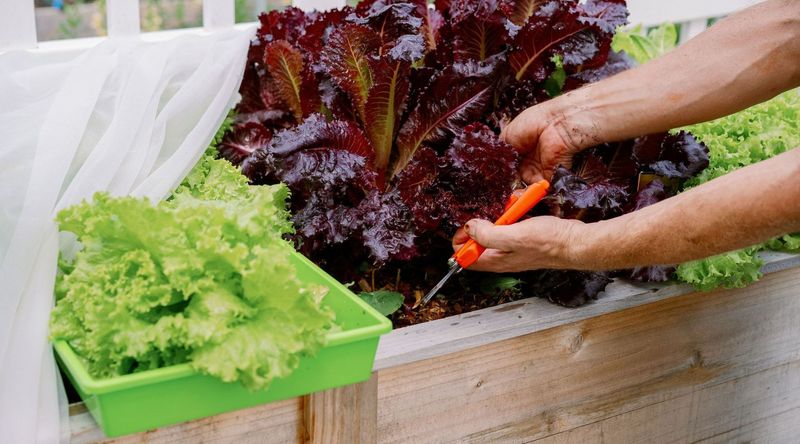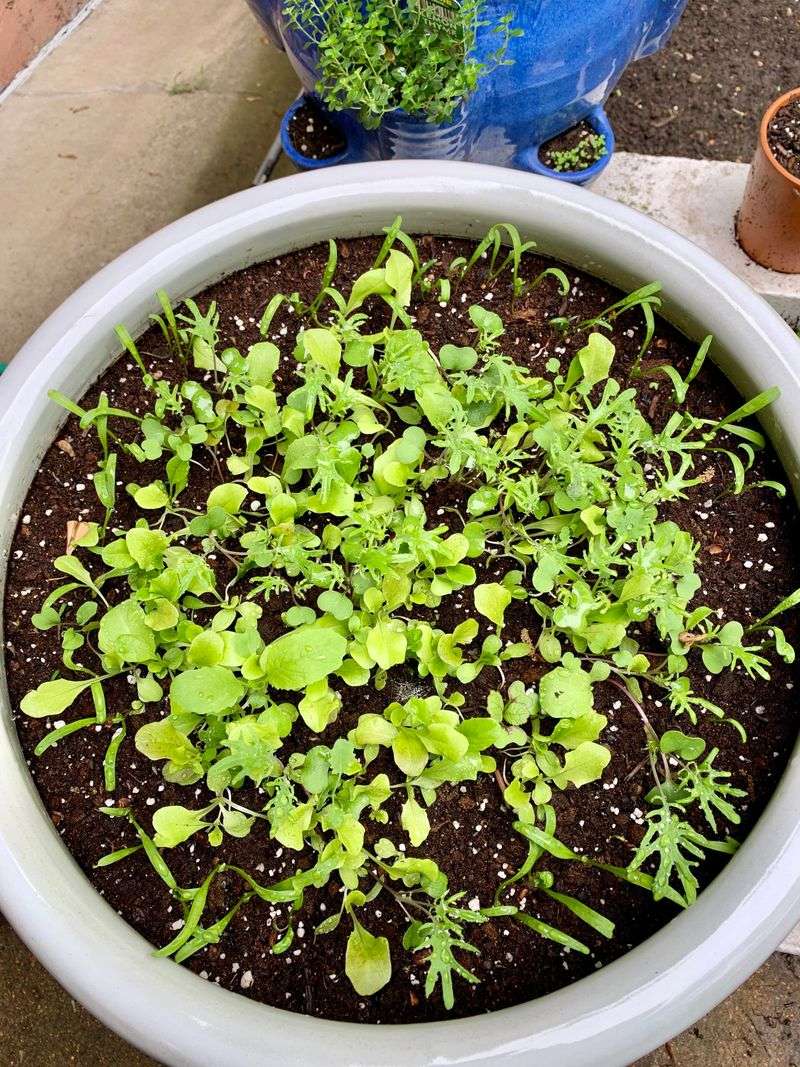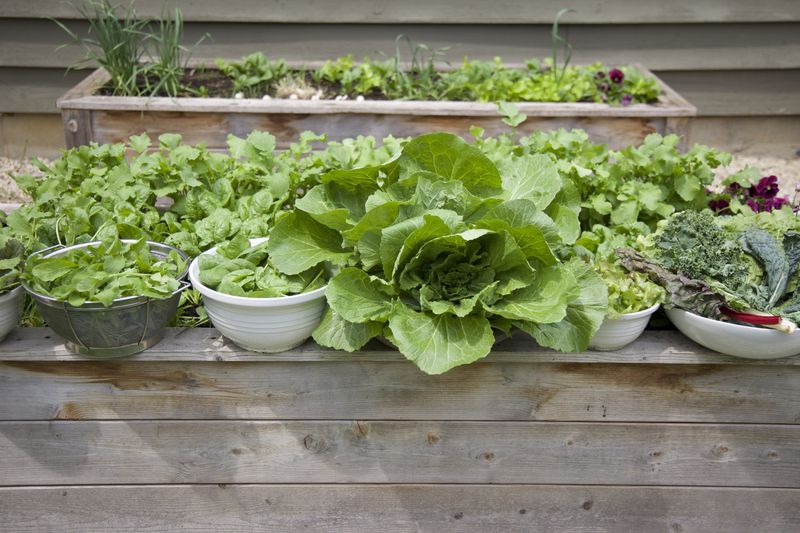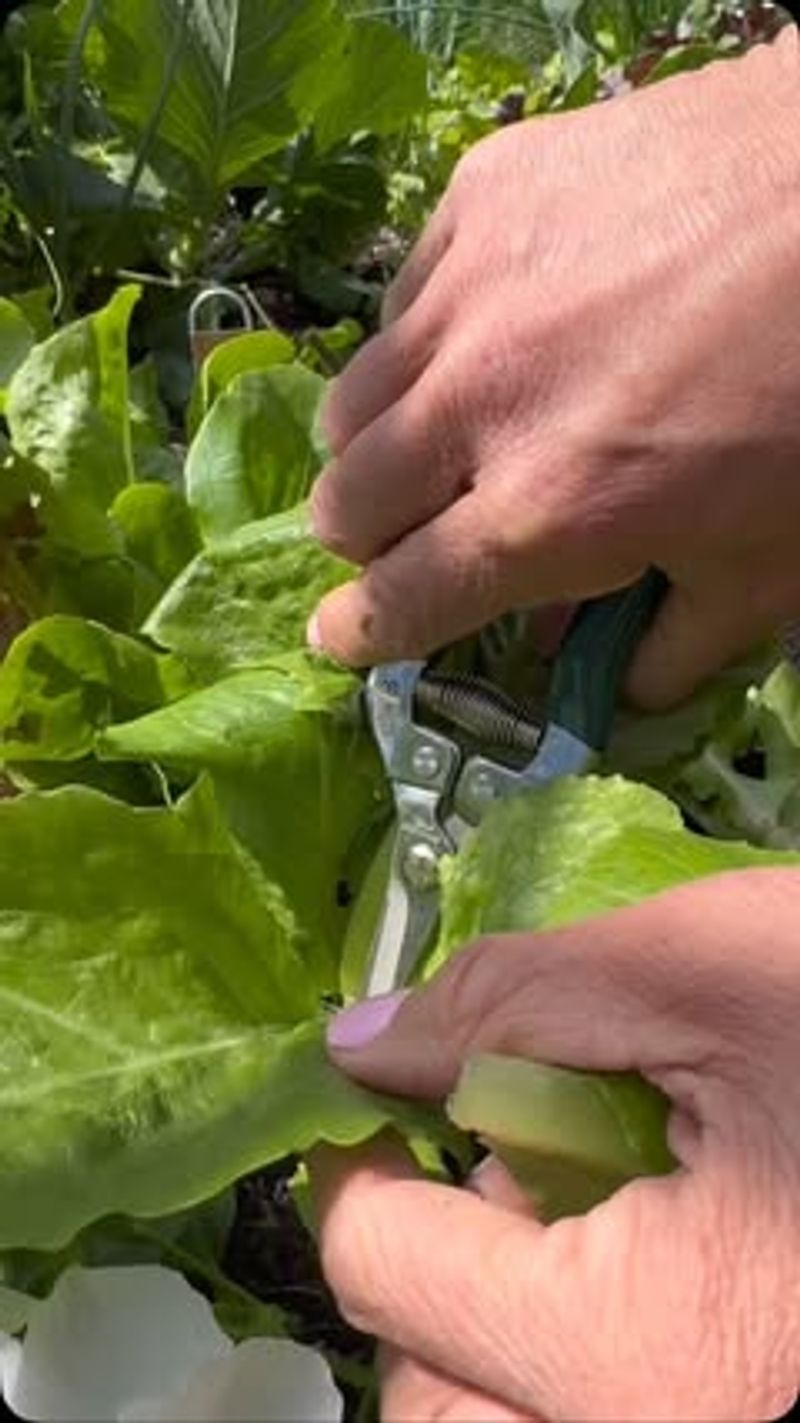Growing your own salad greens in Colorado doesn’t require acres of land or expert gardening skills. With just one pot and some basic know-how, you can harvest fresh greens right outside your door, even at our high elevation.
I started my single-pot garden last year after getting tired of wilted store-bought lettuce. The dry Colorado air and dramatic temperature swings made me nervous at first, but I discovered that many salad greens are surprisingly resilient in our climate.
Whether you have a small apartment balcony in Denver or a mountain cabin deck, these seven tips will help you create a thriving mini salad garden that stands up to Colorado’s unique growing conditions.
1. Choose The Right Container
A wide, shallow pot works better than a deep one for salad greens. Look for containers at least 12 inches in diameter and 6-8 inches deep with good drainage holes.
Terra cotta pots work well in Colorado because they help regulate soil temperature during our extreme weather shifts. I’ve found that darker colored containers absorb heat nicely during our cool spring mornings.
For best results, avoid metal containers which can overheat in our intense mountain sunshine.
2. Select Colorado-Friendly Greens
Not all salad greens handle Colorado’s conditions equally. Arugula, spinach, and loose-leaf lettuce varieties thrive in our climate and regrow after cutting.
My personal favorite is ‘Rocky Mountain Lettuce Mix’ – developed specifically for our region’s conditions. These cold-hardy varieties withstand temperature fluctuations better than butterhead or iceberg types.
Add a few radishes around the edges for color and quick harvests – they’re ready in just 25-30 days even at higher elevations.
3. Create The Perfect Soil Mix
Regular garden soil becomes too compacted in containers. Instead, combine equal parts potting soil, compost, and vermiculite for a lightweight, moisture-retaining mix that drains well.
The vermiculite helps combat Colorado’s dry conditions by holding water near the roots. Garden centers in Boulder and Fort Collins often sell pre-mixed blends specifically formulated for our alkaline conditions.
Whatever mix you choose, avoid heavy clay soils that become brick-like during our hot summer days.
4. Master The Seeding Pattern
Rather than planting in neat rows, broadcast seeds across the entire pot surface, then cover lightly with ¼ inch of soil. This maximizes your growing space and creates a lush, continuous harvest.
For succession planting, divide your pot into quarters. Sow one quarter every two weeks so you’ll always have fresh greens at different growth stages.
Gently pressing seeds into the soil creates better seed-to-soil contact – crucial at our drier elevation where moisture can be inconsistent.
5. Develop A Colorado Watering Strategy
Colorado’s low humidity means container gardens dry out faster than you might expect. Water deeply until it runs from drainage holes, usually every 1-2 days during summer.
Morning watering works best, giving plants moisture before the intense midday sun. I keep a spray bottle handy for gentle misting during particularly hot, dry spells without waterlogging the soil.
Adding a thin layer of mulch helps retain moisture – I use chopped straw which insulates against our temperature swings while allowing air circulation.
6. Find The Sweet Spot For Sunlight
Colorado’s sunshine is more intense than lower elevations due to our thin atmosphere. Most salad greens prefer 4-6 hours of morning sun with afternoon shade rather than full sun all day.
An east-facing balcony provides ideal conditions. For south or west exposures, use a shade cloth during peak afternoon hours to prevent leaf burn and bolting.
During midsummer heat waves, temporarily moving your pot to a cooler location can extend your harvest by weeks.
7. Harvest Like A Pro
The cut-and-come-again method works brilliantly for container salads. Using scissors, trim outer leaves about an inch above soil level, leaving the growing center intact for continued production.
Harvesting in the cool morning hours preserves crispness and flavor. Most Colorado gardeners are surprised how quickly greens regrow – often ready for another cutting in just 10-14 days.
For the longest harvest season, pick only what you need rather than cutting everything at once. This approach has kept my single pot producing from April through October.

